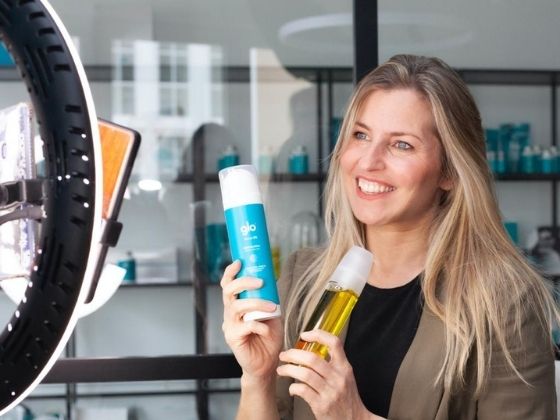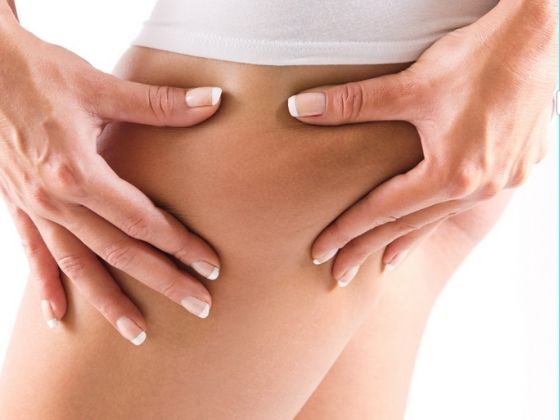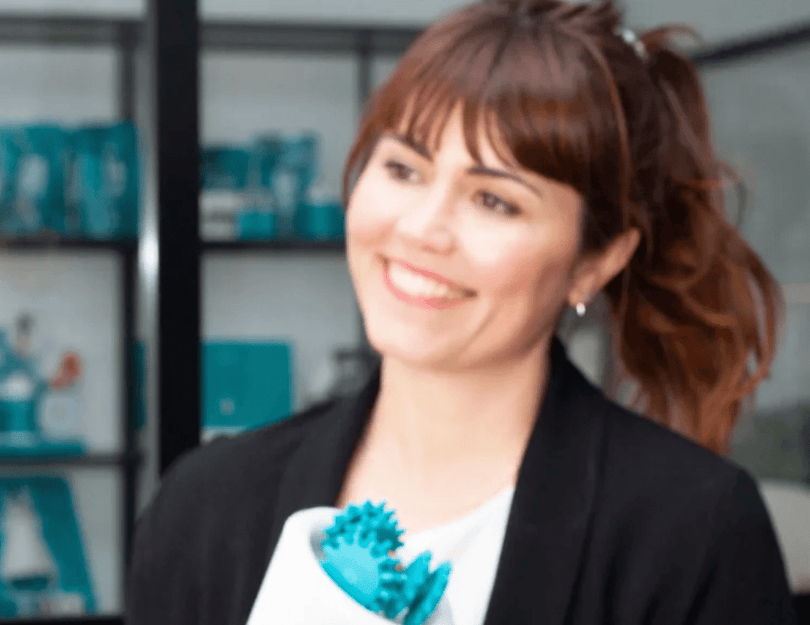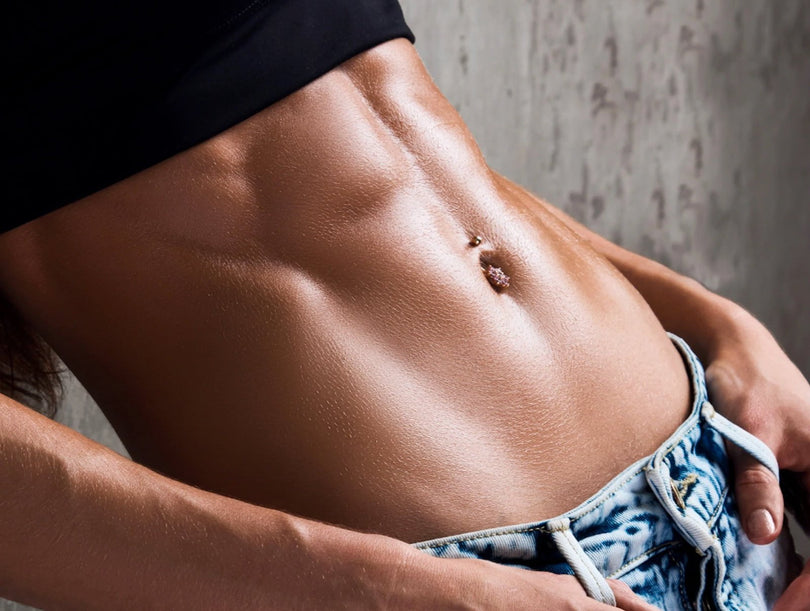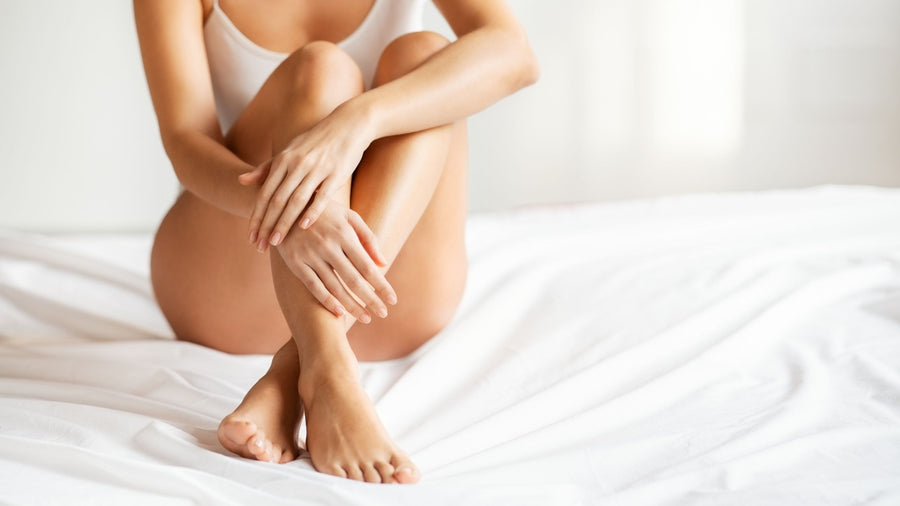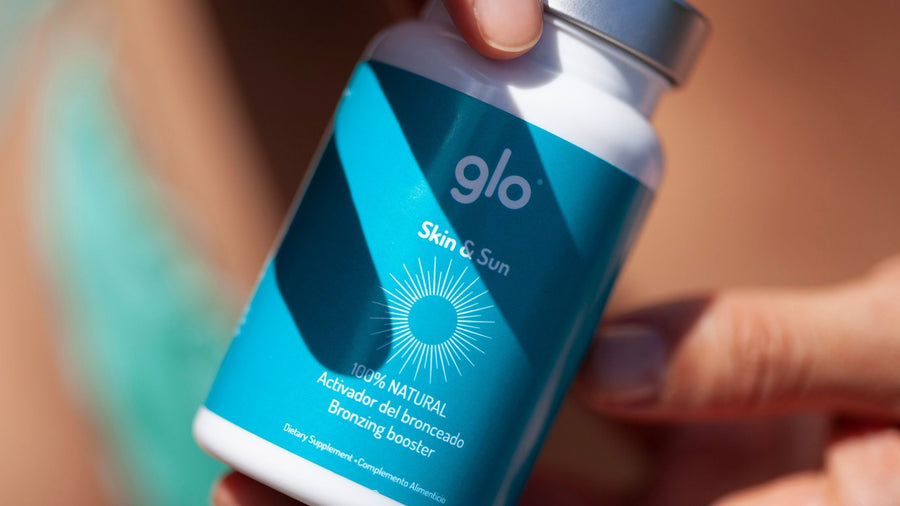Do you feel that your cellulite hurts and you don't know why? It is common to consider the presence of dimples on the thighs and buttocks as an exclusively aesthetic problem. But sometimes, the presence of cellulite is associated with symptoms such as intense pain, swelling and hardening of the affected body regions.
The main cause is that the cellulite process is compressing some nerve endings causing pain. Cellulite is caused by an increase of accumulated fluid in the subcutaneous tissue, which causes the adipocytes (fat cells) to increase in size and worsens the micro-circulation, finally affecting the loss of elasticity of the fibrous tissue. This is common to the 3 types of cellulite that exist in general terms, but then each one is characterized by its own defining features. In this case, we speak of edematous cellulite.

What type of cellulite is painful?
Edematous cellulite can be painful. This type of cellulite is the result of fluid retention and is often accompanied by venous and lymphatic insufficiency in the lower limbs (edema, varicose veins, cramps, heaviness, pain ...).
This type of cellulite has a viscous consistency with nodules and is painful to the touch, but can even become painful spontaneously.
The "orange peel" is visible when pinching the areas, or contracting the buttocks for example. Edematous cellulite is mainly located in the lower extremities (thighs and knees), but the most affected area is the lower legs, which tend to swell.
Edematous cellulite usually appears during the hormonal changes of adolescence and youth, so it is more common in young women and adolescents, as it usually appears between 20-30 years.
But there are also cases of adults who begin to develop it due to poor blood circulation or fluid retention.
There are some factors that aggravate the appearance of cellulite:
- lack of sleep
- stress: produces an imbalance in certain neurotransmitters of the central nervous system.

- sedentary lifestyle: maintaining the same standing or sitting posture for prolonged periods of time affects the circulatory system.
- the presence of an unbalanced diet

- Wearing clothes that are too tight or high heels.
- Overweight or obesity: Edematous cellulite is usually accompanied by obesity. Obesity and overweight are characterized by an increase of fat in the subcutaneous tissue, causing fat cells to interfere with normal interstitial and microcirculatory exchange.
In addition, this type of cellulite is associated with a malfunction of the circulatory and lymphatic systems. The latter works in parallel to the circulatory system, but, unlike the circulatory system, it does not have a mechanism that allows it to work independently (it does not have a heart that helps it to mobilize the liquids that it must transport).
Therefore, if the blood circulation has problems, the lymphatic system will also be affected, because it will not receive the impulse it needs to work efficiently and, therefore, the transit of liquids and toxins will become slower and slower, that is, the waste substances transported by the lymphatic system cannot be eliminated by the natural ways, so they thicken and stagnate in the tissues, forming the annoying cellulite. This defective process is known as fluid retention.
In the case of edematous cellulite this retention becomes viscous.
How is edematous cellulite treated?
This type of cellulite is the least frequent, but also the most difficult to eliminate. In any treatment against cellulite you must be patient and constant, there are no miracle results.
There are some factors that are easy to apply, with a little willpower:
- Diet: An unbalanced diet in which fats and carbohydrates predominate produces an increase in insulin that favors the accumulation of fat. In addition, excess salt and sodium-rich foods cause fluid retention. Low fiber intake leads to constipation and increases venous resistance of the veins in the legs, which has a negative influence on circulation. It is also important to drink what is necessary for adequate hydration. Precooked food, fast food, "fried food", foods rich in sugar or salt, alcoholic beverages, among others, should be avoided.

- Lifestyle: lack of physical exercise favors the appearance of cellulite. Avoid activities that hinder circulation (sitting or standing in the same position for many hours). It can also affect the use of high heels and thin, tight clothing ... you can go beautiful and comfortable for day to day.

- Psychological: affective disorders, stress, anxiety, depression or nervousness can cause an imbalance capable of provoking peripheral vascular alterations, which hinder the elimination of water and waste substances from the tissues and favor the development of cellulite.
- Overweight: If the pain has already appeared, it may be that cellulite is accompanied by overweight and it is the combination of both that causes the nerve endings to be compressed and, as a consequence, pain is caused. A healthy diet and exercise will help us to improve this aspect, which is also of vital importance for our general health.
- Smoking: Increases free radicals and reduces antioxidant systems. It slows down micro-circulation, which causes lipogenesis and skin hypoxia, aggravating cellulite.
Adopting healthy lifestyle habits: is it enough to eliminate edematous cellulite?
In some cases it may be enough if it is constant, but once it appears and especially if the cause is genetic, it is more complicated to treat.
If there is a genetic predisposition, a medical evaluation would be advisable, because it may be necessary to apply treatments such as mesotherapy and shock waves or even liposuction.
NON-invasive treatments and CONSISTENCY, the key to fighting cellulite
Science advances, and it does so by listening to the concerns, in this case of women, so non-invasive treatments will be developed, offering the possibility of improving and even effectively eliminating cellulite dimples.
To avoid the appearance of pain with cellulite it is essential to try to improve the state of cellulite and avoid its aggravation. To improve this condition, it is highly recommended to follow a balanced diet and physical exercise, eat foods rich in fiber by reducing the intake of saturated fats and increasing the diet of protein content in order to increase the quality of life of the person, facilitate weight loss and improve the state of adipose tissue.
Professional local treatments such as radiofrequency treatment, carboxytherapy, ozone therapy, shock waves or massages may also be of interest to improve the condition of cellulite and also improve its circulatory component.
Lymphatic drainage massages are vital in the treatment of edematous cellulite, as well as dry exfoliation. It is more about improving circulation and draining waste fluids of viscous consistency that the lymphatic system is not being able to mobilize on its own.
Also, pushing the body from the inside with nutraceuticals to improve fibrosis, drain and burn fat, will be great allies in this battle.
We recommend the products in the Glo range, which as a specialist in cellulite treatment, can be very useful in your daily fight:

Award winning Glo910+ anti-cellulite massage device: for edematous cellulite the most useful heads will be the Cellu-Detox to drain and activate circulation, and the Cool Legs cryomassage head. As well as the Body Brush exfoliating head.
At the cosmetic level, the revitalizing Serum 910 for legs is ideal, as it treats edema and retention, thanks to its encapsulated and highly concentrated active ingredients in this super-pro formula.



